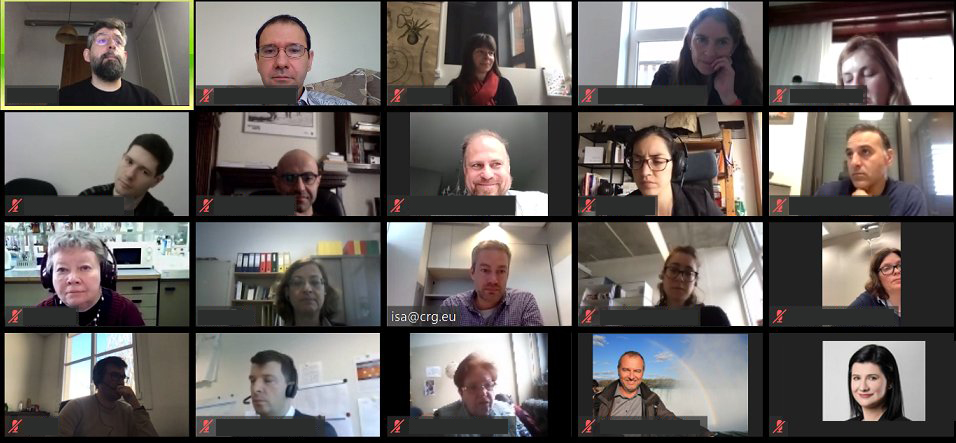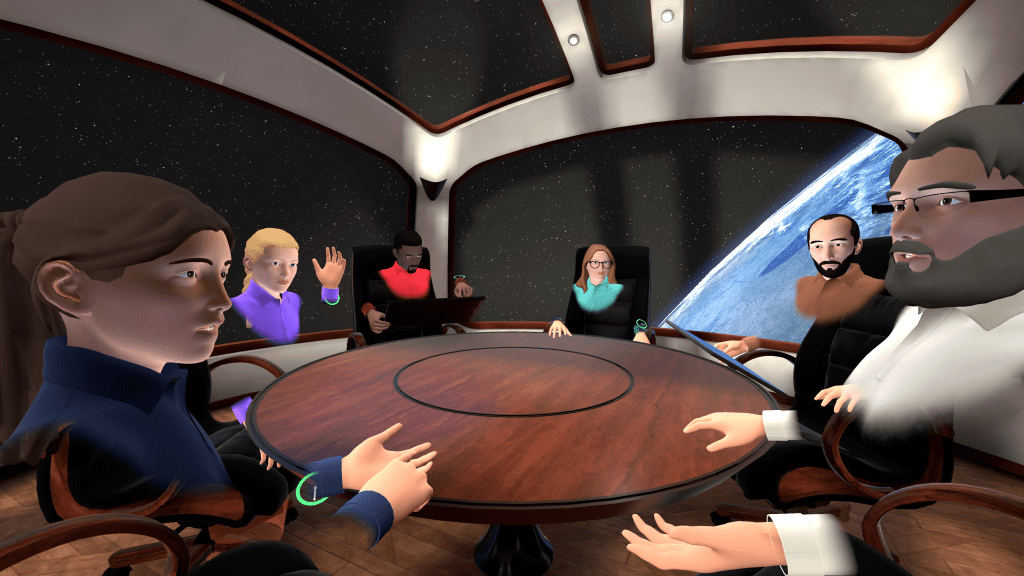Jonas Krebs Mar 20, 2020 · 3min read
The Coronavirus and the measures to limit its spread have paralyzed our routines, privately and professionally. One of the most impactful measures is certainly the ban of cross-border travels and in some countries, like France, Italy and Spain, even the restriction of free movement by decree.
Many European research collaborative projects are heavily affected by these restrictions, including the so-called COST actions, initiatives that are exclusively funding the mobility of researchers, and networking and training activities. In the current situation, the core of the COST program and its main funding principles seem to be overridden.
In case of the COST action INC (International Nucleome Consortium) that I manage at ISA, we were forced to cancel our annual management committee meeting that was supposed to take place last week in Krakow with nearly 50 participants from 27 countries. A difficult and complex – but wise – decision.
Nevertheless, I was astonished how we managed to pull off in a very short time the organization of most of the meeting online. We were able to follow the original agenda, allow 30 project partners to actively participate, including the COST officer. I had organized online meetings in the past, but never of this size with so many video streams in parallel. No technical problems occurred, no chaotic discussions busted. The Action chair, WG leaders and COST officer gave presentations and very fruitful discussions ensued. The meeting lasted almost 4h so that we could also include the foreseen break. It was a brilliant and enriching experience, which let me forget for a moment the frustration about the cancelation of the physical meeting.
 Screenshot: virtual MC meeting of the COST action INC on 11th of March 2020 (I´m the one in the third row, third position!) Source: Vladimir Teif
Screenshot: virtual MC meeting of the COST action INC on 11th of March 2020 (I´m the one in the third row, third position!) Source: Vladimir Teif
As dramatic as the current situation is, it is also a good opportunity to rethink the way we organize a scientific exchange, even more so in the pressing context of climate change. Would it have been necessary to bring 50 people physically together in Krakow for the discussions we had at the end online? Hard to say, but what is certain is that we achieved most of the objectives set for the management meeting in an online meeting with minimal costs.
I often hear the argument that the multiple discussions around the meeting, as opposed to the scientific presentations, are the most valuable elements of the meeting: the 1-1 meetings in the coffee break, the dinners… and drinks. So, why not invest in tools that allow more interactions? I am sure current technology allows more than a simple conference call with shared presentations.
 VR assisted conference tool MeetinVR (screenshot from https://meetinvr.net)
VR assisted conference tool MeetinVR (screenshot from https://meetinvr.net)
Now being limited to home-based work for the next couple of weeks, I will have ample time to explore existing tools and platforms. Related to this, I have just found this recent review of current virtual reality (VR) solutions:
One of them may well find its way into the ISA team routine, and will allow us to promote stimulating and CO2 neutral interactions in our European collaboration projects.